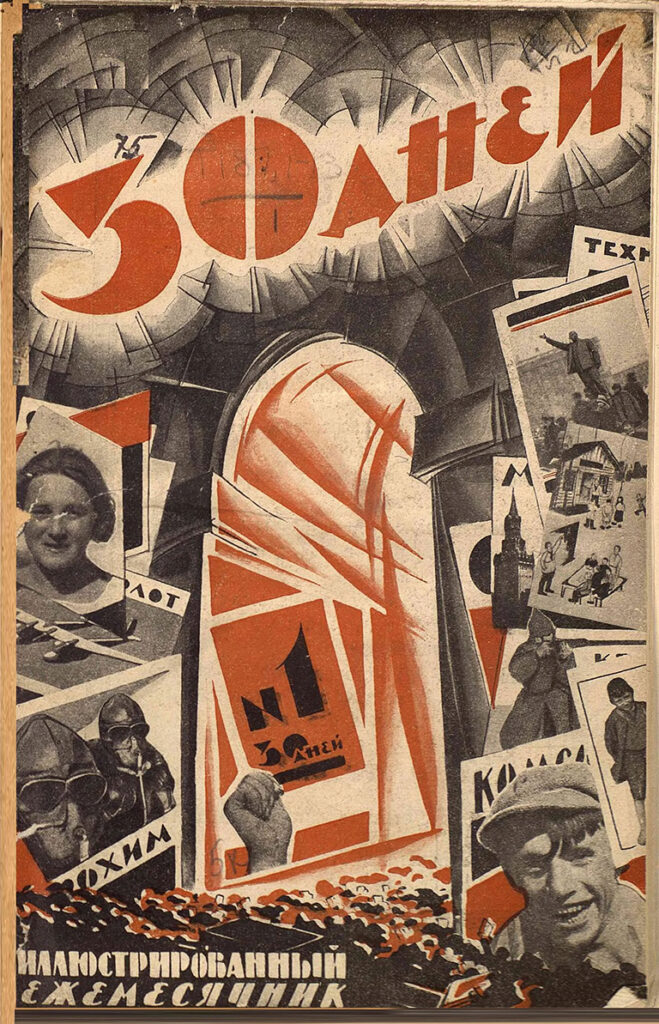30 Dnei Digital Archive
Illustrated Soviet literary journal featuring fiction, essays, and poetry
Founded in 1925 in Moscow and originally appearing as a literary supplement to the newspaper Gudok, 30 Dnei (30 дней, 30 Days) was an illustrated Soviet literary journal most famous for the serialized publications of such Soviet literary sensations as Il’f and Petrov’s The Twelve Chairs and The Golden Calf. Praised and supported by none other than Maxim Gorky, the journal was conceived by its publisher as a platform for the publication of short form literature, both original and translated, and was geared towards the emerging generation of writers and the intelligentsia.
Apart from helping launch and shape the literary careers of a slew of Soviet writers, the journal was instrumental in introducing acclaimed works of short fiction, essays, and poetry by foreign authors as well. Some of the most important Soviet and foreign writers whose works have appeared on the pages of 30 Dnei were Vasily Grossman, Vladimir Mayakovsky, Boris Pasternak, Yury Olesha, Valentin Kataev, Ernest Hemingway, Langston Hughes, Paul Valery, Upton Sinclair, Sherwood Anderson, among others. The journal also featured visually striking covers designed by famous Soviet artists and photojournalists, including Aleksandr Rodchenko, Veniamin Briskin, and the creative group Kukryniksy.
Falling into disfavor with the central government in later years, with periodical criticisms of the editorial direction of the journal appearing in Pravda (Правда, Truth) and Literaturnaia gazeta (Литературная газета, Literary Newspaper) and faced with challenges following Nazi Germany’s invasion of the USSR in June 1941, the journal ceased publication in December 1941.
